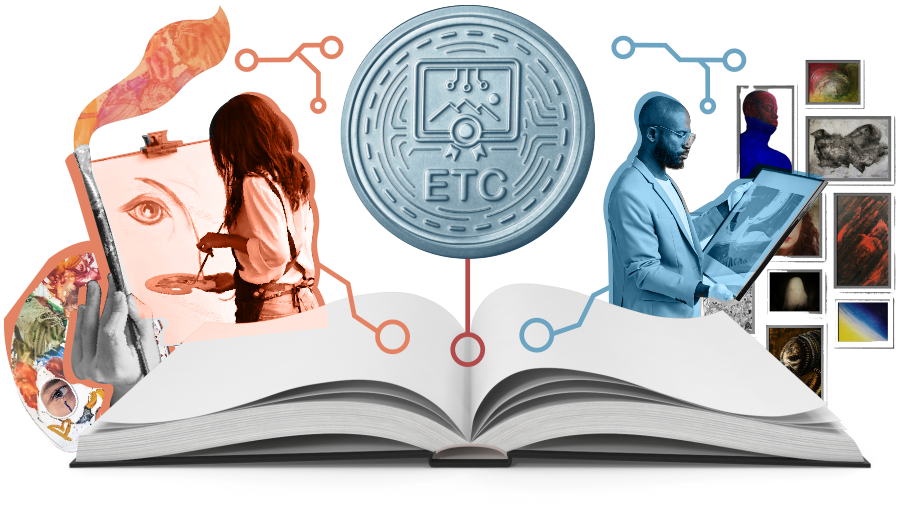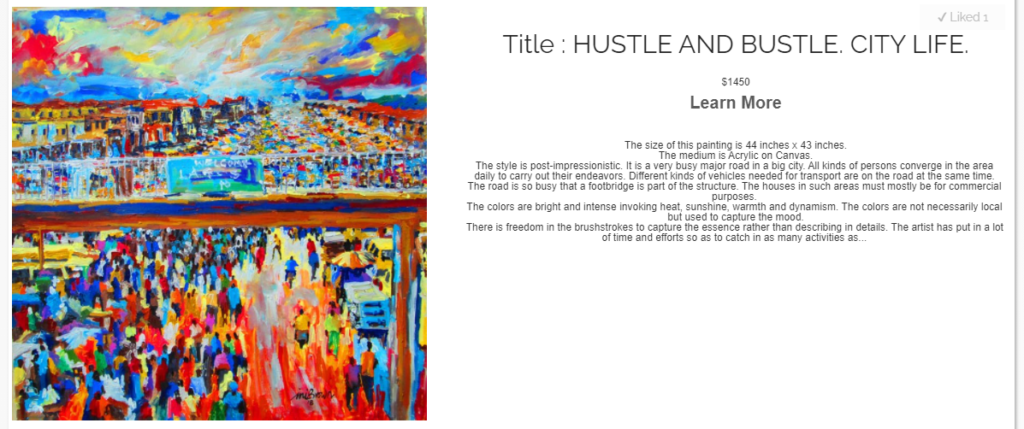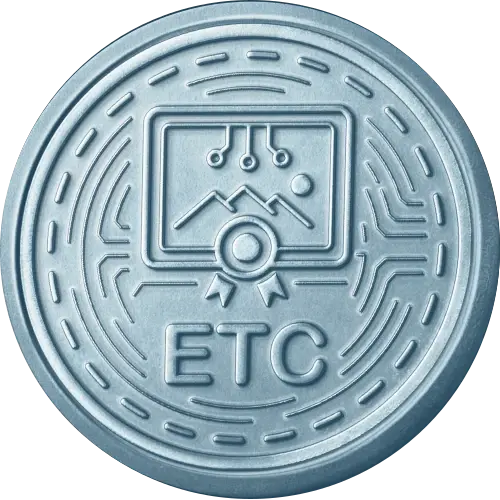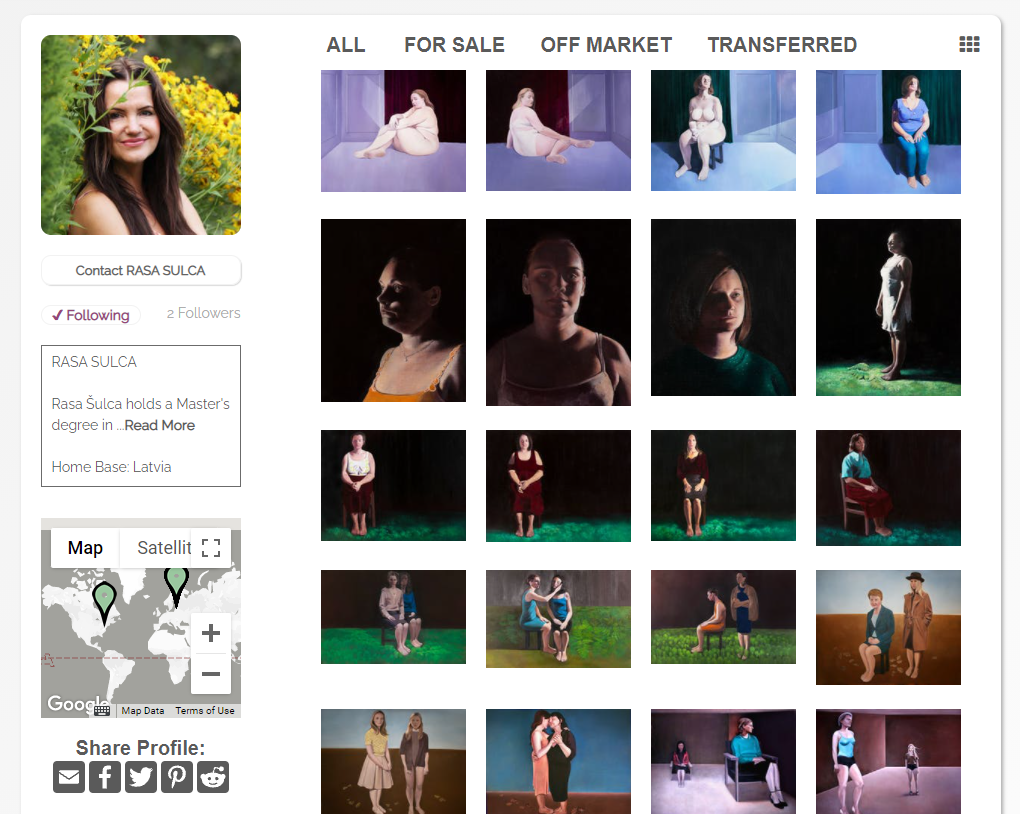How to Use Etchings Like NFTS
…without the Crypto Nightmare
Back in 2018 before the term “NFT” started being used by the crypto community, we had set out to build a tool with similar capabilities for unique objects with physical forms such as fine art.
An NFT alternative, our records of ownership are called Etchings and can be used like NFTs with many additional benefits.
Artists and art collectors may create and hold up 50 Etchings in the free plan.

“I never saw any value in crypto NFTs (and now most police organizations agree with me). But I could see great tangible art disconnected from its story everywhere and how much that was hurting artists economically.
I created The Encyclopedia of Objects and its Etchings so great art would never get disconnected from its story.”
– Eddie Davis, Founder

Establishing Ownership
Unlike crypto NFTs, there is no “gas tax” to create an Etching.
Any ETChster community member may create an Etching.
Free users may hold up to 50 Etchings at a time while Pro users can hold up to 1000.
In the app, simply push the + icon to create a new Etching.
Connecting the Etching to the Object
Whereas NFTs hold a URL that typically points at an image file (such as a .JPG) with nothing pointing back, works of art or other valuables can point back to the Etching for a bi-directional connection.
The Etching stores a title, description, photos, and many other text fields for telling its story and other management purposes.
It also automatically assigns a unique ETC # to the object, which can then be painted, carved, attached, etc. on the object and used as a reference on plaques, price tags, etc.
If the Etching is set to public, searching using the ETC # will reveal its story within The Encyclopedia of Objects.
Each Etching automatically has a unique URL within The Encyclopedia of Objects, so creating a QR code or linking from another site is simple.


Making & Tracking Sales
A big part of the story of valuable objects is who created the object and then who has owned it to date (provenance).
Unlike crypto NFTs, sellers may accept any currency (traditional or crypto) through their preferred method of payment, and buyers will still receive the Etching.
Each Etching stores the ledger of transactions and chain of ownership.
ETChster users have a free website where their public Etchings may be displayed for sale.
Etchings also contain a quick link to the profile/website of their creator so that interested parties can learn more about the creator and other etched objects held by that user.
Understanding the Vocabulary
“NFT” is shorthand for “non-fungible token.”
“Non-fungible” means each is unique, including of different value. Example: an NFT by a famous artist is worth substantially more than an NFT by an unknown artist.
“Token” just means it’s tied to something else.
In common usage, “NFT” is most widely used to talk about creating tokens of digital art or objects and then selling them for crypto.
While ETChster’s Etchings meet the literal definition of an NFT, we call them Etchings.
They are bi-directional, free, intended for use with tangible art, and don’t require the use of crypto at all.
Anyone with an email address can create, transfer, or receive an Etching for free!
Crypto vs ETChster for Art
| Crypto | ETChster | |
|---|---|---|
| Type of Art | Digital | Tangible |
| Name of Ledger | Ethereum or Other Blockchain | The Encyclopedia of Objects |
| Name of a Record | NFT | Etching |
| Cost to Create a Record | $50-$150* | Free |
| Cost to Transfer a Record | 2.5% of Sale Price* | Free |
| Currency Accepted | That NFT’s Crypto | Any |
| Record Function | One Directional | Bi-Directional |
| How You Hold | Crypto Wallets | ETChster Profile in The Encyclopedia of Objects |

